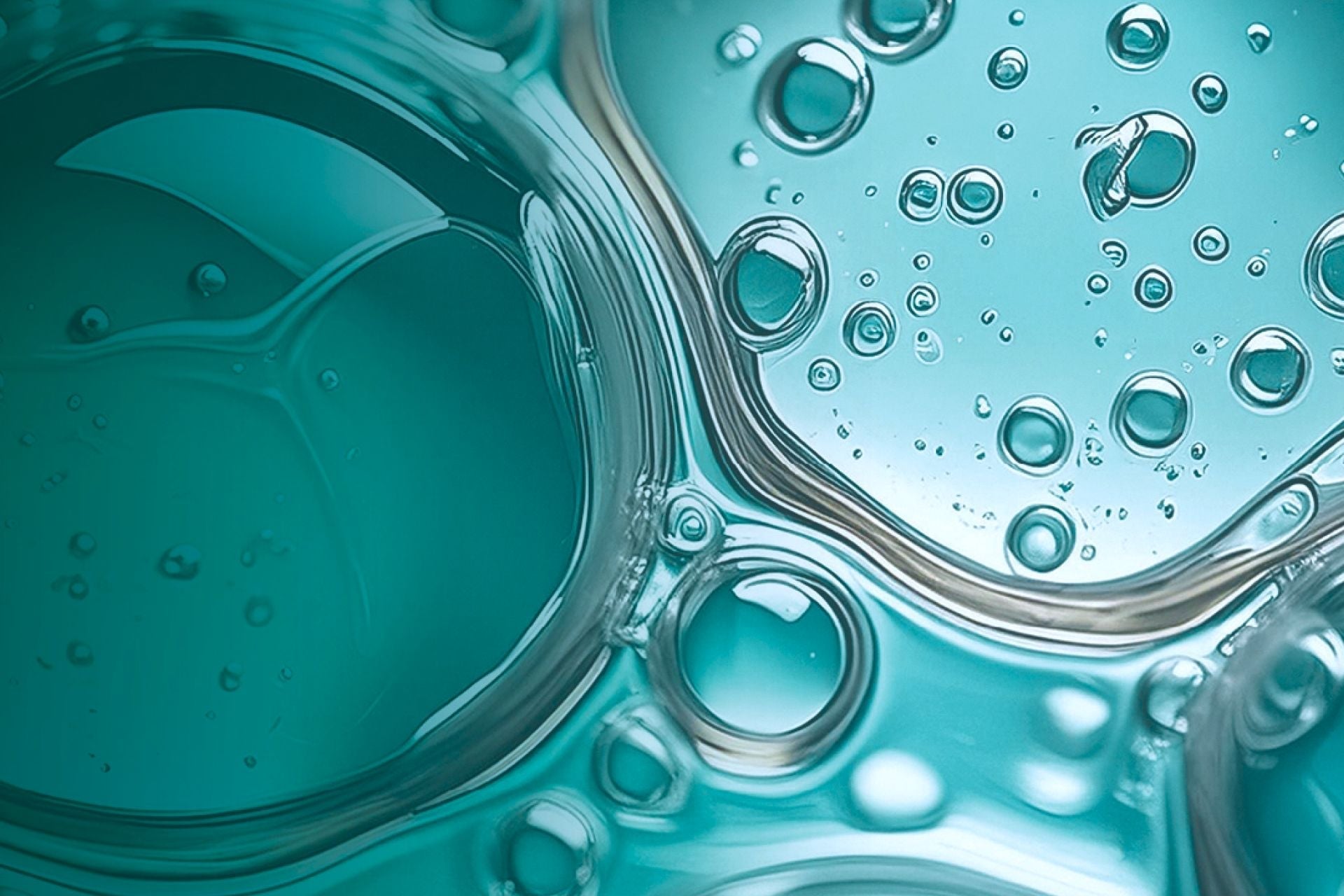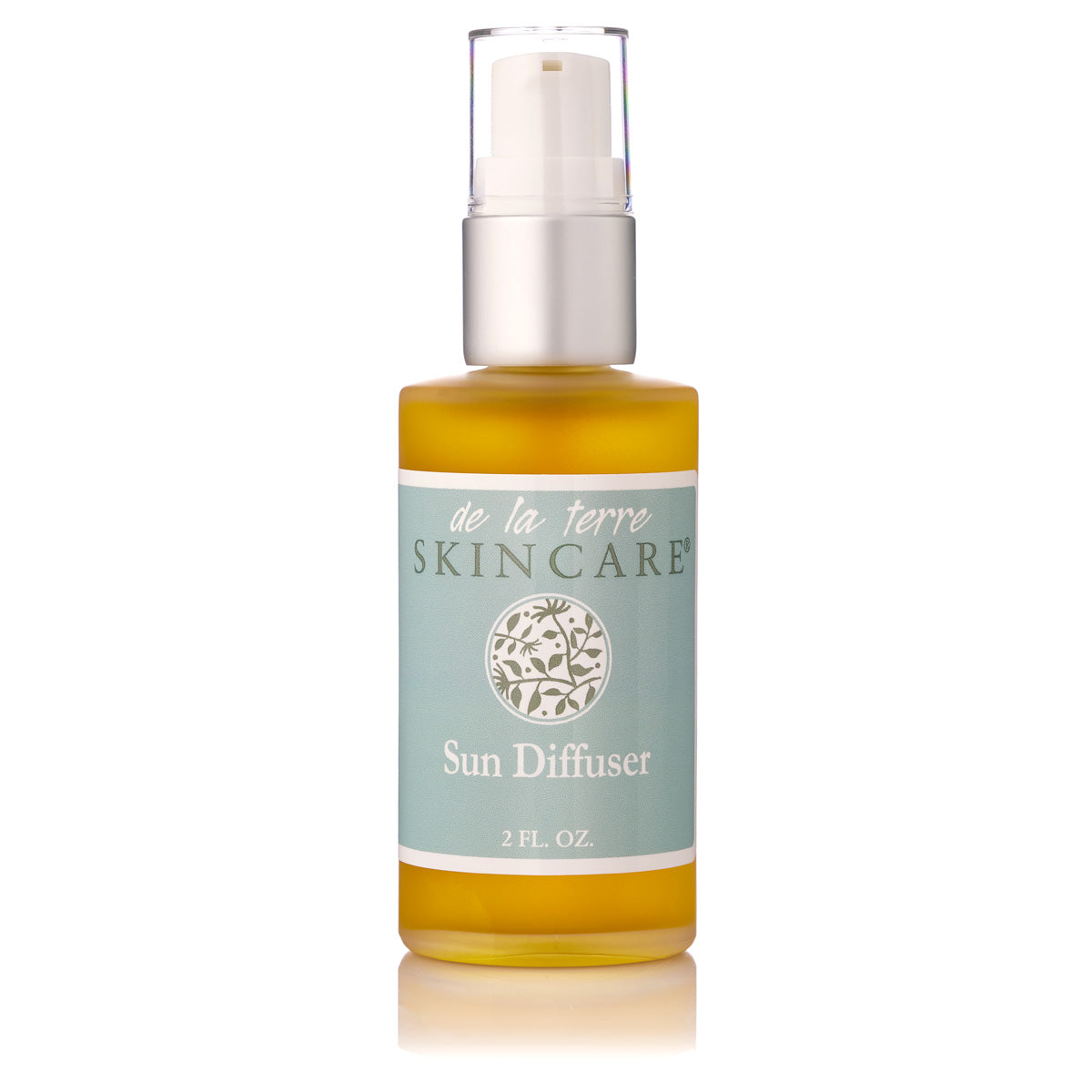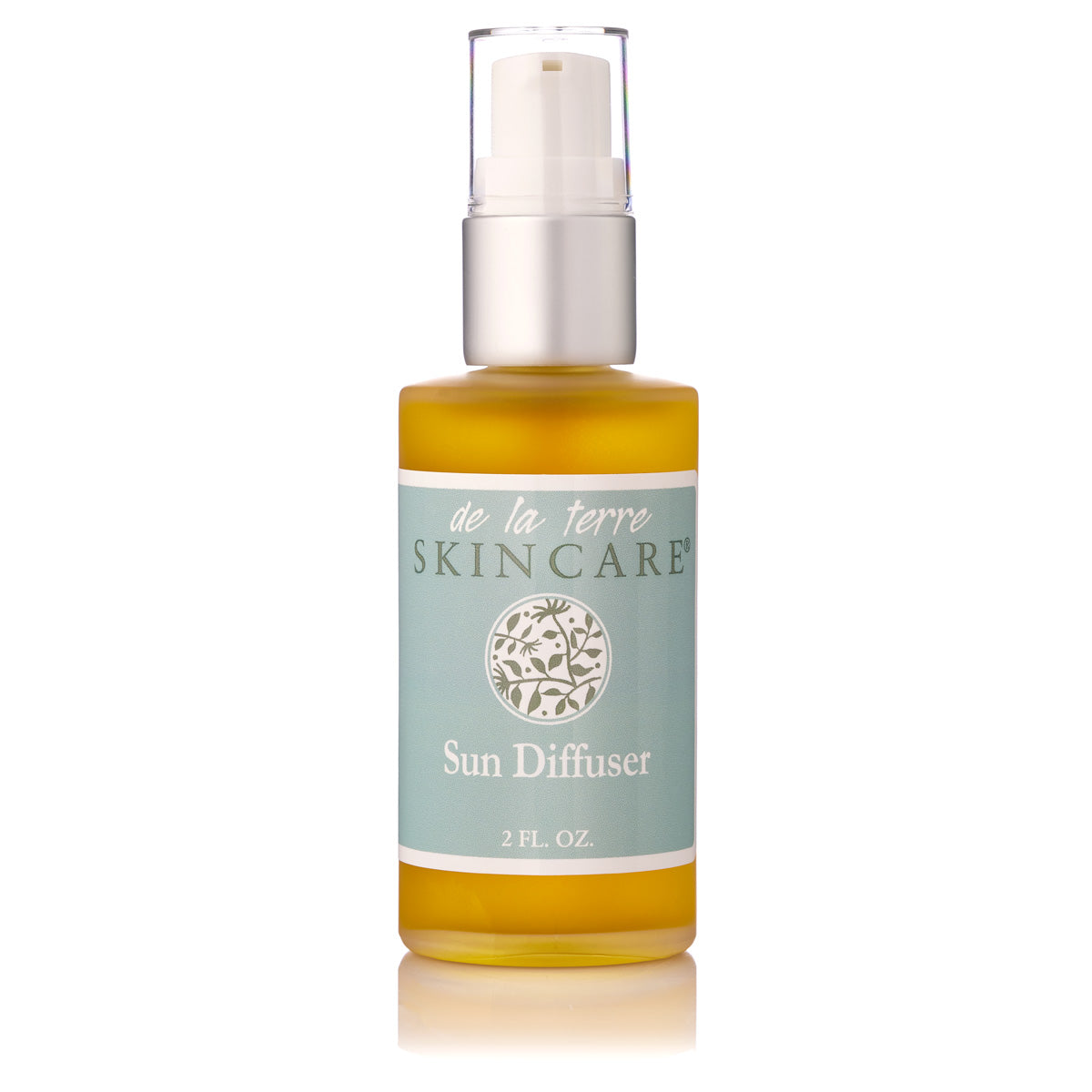Keeping people locked in a cultural dependency by classifying skin by types, such as oily verses dry, dark verses light, and scaly verses smooth is more of a marketing tactic rather than a scientific reality.
The beauty industry discovered the most profitable natural resource: a woman's anxiety about her own skin. When it comes to dehydration and fine lines, they heard ‘hydration’ and said, ‘Quick, bottle it, trademark it, and make everyone terrified of fine lines. Hyaluronic acid is at the center of that frenzy.
Prior to utilizing commercial hyaluronic acid topicals, consumers should take into account where topical hyaluronic acid ingredients typically come from. There are two main sources: animal tissues and bacterial fermentation. While hyaluronic acid from rooster combs was once common, most modern hyaluronic acid is now made through bio-fermentation of bacteria (usually Streptococcus species), followed by purification. This is essentially a synthetic process. At least they are purifying the bacteria, however synthetic processes can diminish a product's therapeutic viability by changing the physical and chemical makeup of the active ingredient, which can result in less effectiveness. This change can influence how the skin absorbs, distributes, and utilizes the hyaluronic acid.
The other key factors that consumers should consider is the impact that skin vulnerabilities, such as inflammation, reduced immunity, and a compromised skin barrier, have on the effectiveness of topical hyaluronic acid.
In fact, applying hyaluronic acid to a damaged barrier can sometimes pull water from deeper layers of the skin, leading to more dryness, tightness, and irritation rather than relief. If the skin barrier is compromised, it struggles to retain the moisture that topical hyaluronic acid attracts. When this barrier is damaged, it creates gaps, allowing water to escape and external aggressors to enter. A compromised barrier can also cause inflammation, which creates free radicals that further damage the barrier, creating a vicious cycle of dehydration and damage.
When the skin becomes inflamed, it increases the activity of an enzyme called hyaluronidase which breaks down hyaluronic acid. This rapid breakdown shortens hyaluronic acid’s ability to undergo processing in the skin, limiting its ability to stay in the tissue and provide lasting hydration or a therapeutic effect.
Topical hyaluronic acid exists in various molecular weights, which greatly affect how it behaves on the skin. Larger molecules in these topicals can’t penetrate beyond the surface, so they form a light, hydrating film on top. This creates a temporary plumping effect, making the skin look smoother and more supple. However, this short-term bloating can cause the skin’s surface to stretch and then relax repeatedly, which over time may weaken the skin’s natural elasticity and contribute to a loss of firmness. Smaller hyaluronic acid molecules can reach deeper layers, but even their benefits are limited when inflammation or barrier damage is present.
Conventional skincare treats dehydration as a surface problem—nature knows it runs deeper. It should be noted that hyaluronic acid is made by the skin's own cells. Fibroblasts and keratinocytes naturally create it using enzymes to build the long disaccharide chains that make up hyaluronic acid. Within the extracellular matrix of the skin, it attaches to water and occupies the gaps between cells to preserve the skin's structure, moisture, and elasticity. This substance is regenerated every 24 hours in a continuous cycle of production and repair.
The approach I developed for tackling dehydration goes beyond merely replenishing lost fluids; it also takes into account various factors that can disrupt the skin's natural ability to produce hyaluronic acid. These factors consist of the three most frequent skin issues, which are inflammation, a compromised immune system, and a damaged skin barrier.
The initial thing I do with a client to tackle dehydration is to get them to cut out products that make these issues worse. I recommend eliminating harsh exfoliants, anti-aging cosmeceuticals, and any cosmetic products made with synthetic ingredients, this includes topical hyaluronic acid products. These products can create side effects, ranging from mild irritation to more severe allergic reactions, and even acne. By stopping the use of these products, the skin's ecosystem becomes a more viable environment for the natural production of hyaluronic acid.
While commercial brands typically are guided by a profit motive rather than a commitment to superior materials or craftsmanship, I understand skin’s deeper nature and the role nature-derived products play in skin health. As the owner of an independent Indie company, I can take greater creative risks with product development, experiment with nutritional grade botanicals , and focus on specialized product formulations. This allows me to drive innovation in each De La Terre Skincare product by elevating the skin by using herbal extracts for their therapeutic properties. The extracts I formulate with are more concentrated, and are chosen for properties that align more closely with skin's microbiome. Keeping De La Terre Skincare formulations within a specific dose range allows the skin to absorb and processes nutrients more effectively. By doing so, this nutritional support boosts the skin's ecosystem which helps foster a healthy environment for the natural production of hyaluronic acid.
Another thing to think about when enhancing the natural production of hyaluronic acid is a plant compound known as sulforaphane. Sulforaphane boosts glutathione levels in the skin, and glutathione protects the enzyme responsible for making hyaluronic acid. Sulforaphane can be found in cruciferous veggies such as broccoli, which is the main ingredient in De La Terre Skincare's Sun Diffuser. So not only does Sun Diffuser help in preventing skin damage from UV exposure, but is one of the best products on the market for boosting the natural production of hyaluronic acid.
Naturally, it's the consumer's choice—if the idea of massaging rooster tissue or cultured bacteria seems like a reasonable beauty treatment, then go ahead and spread away! At De La Terre Skincare we prefer to 'seed' between the lines by anointing the skin with nature's wisdom.




